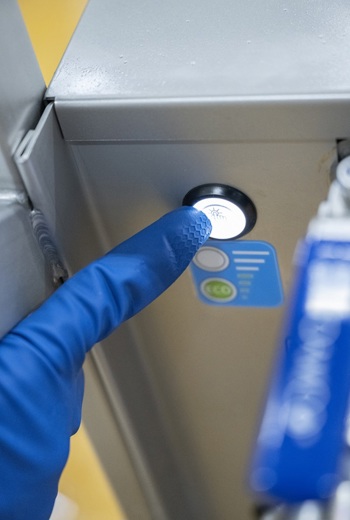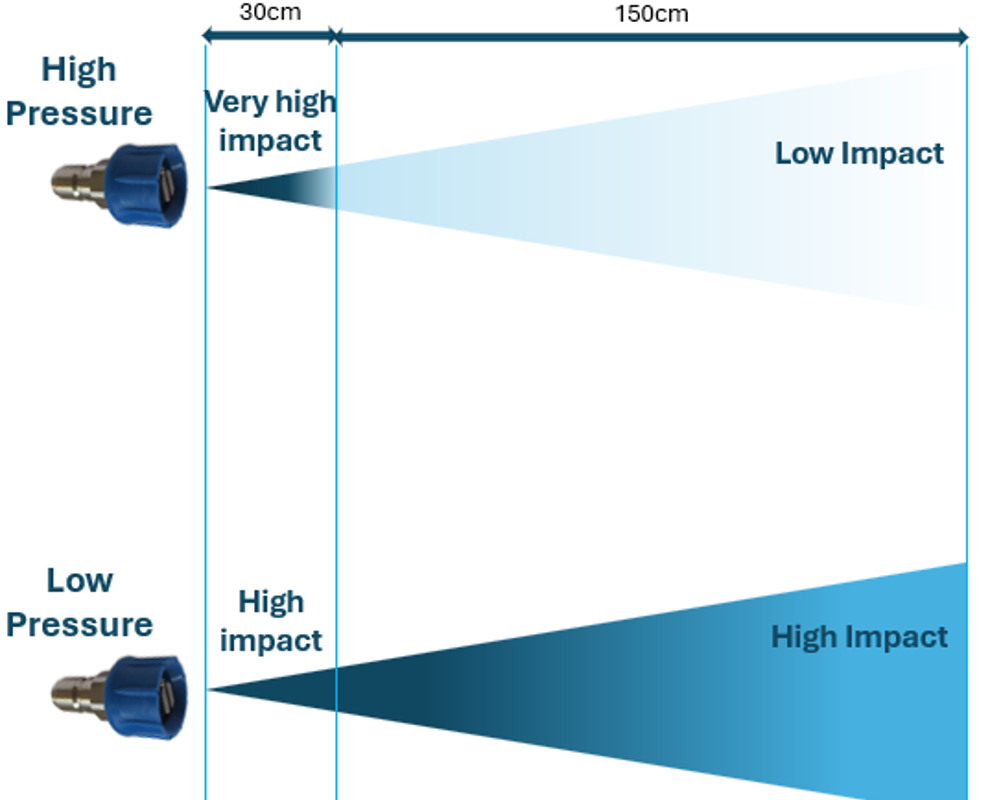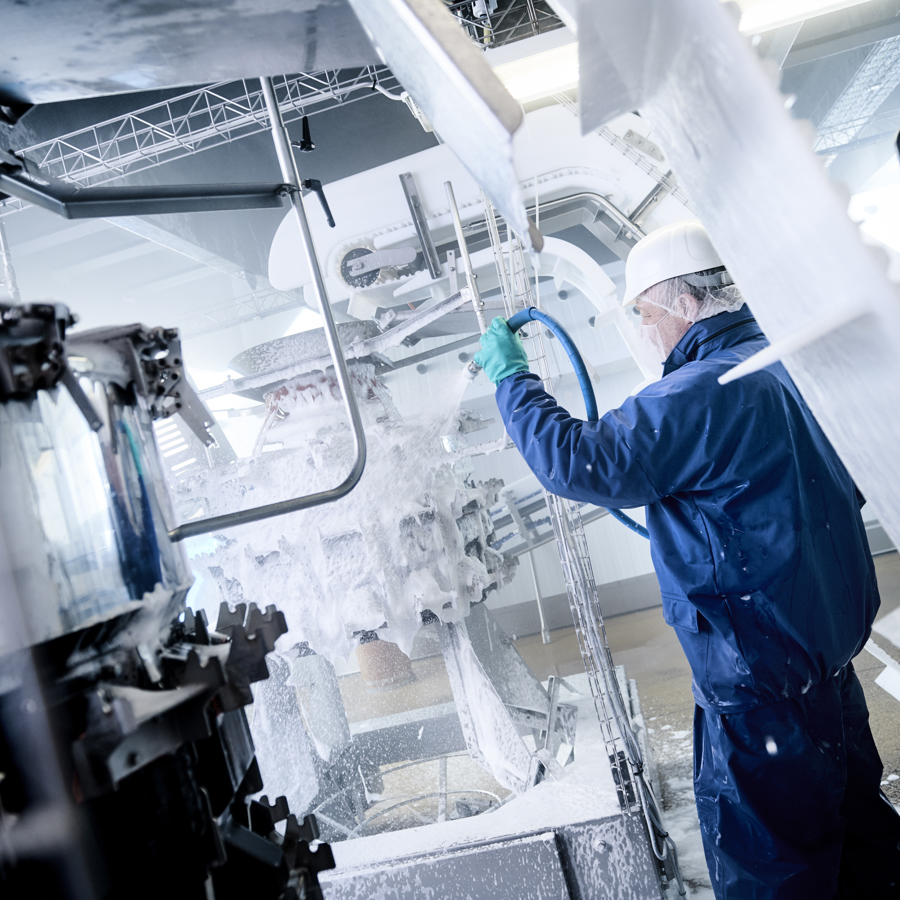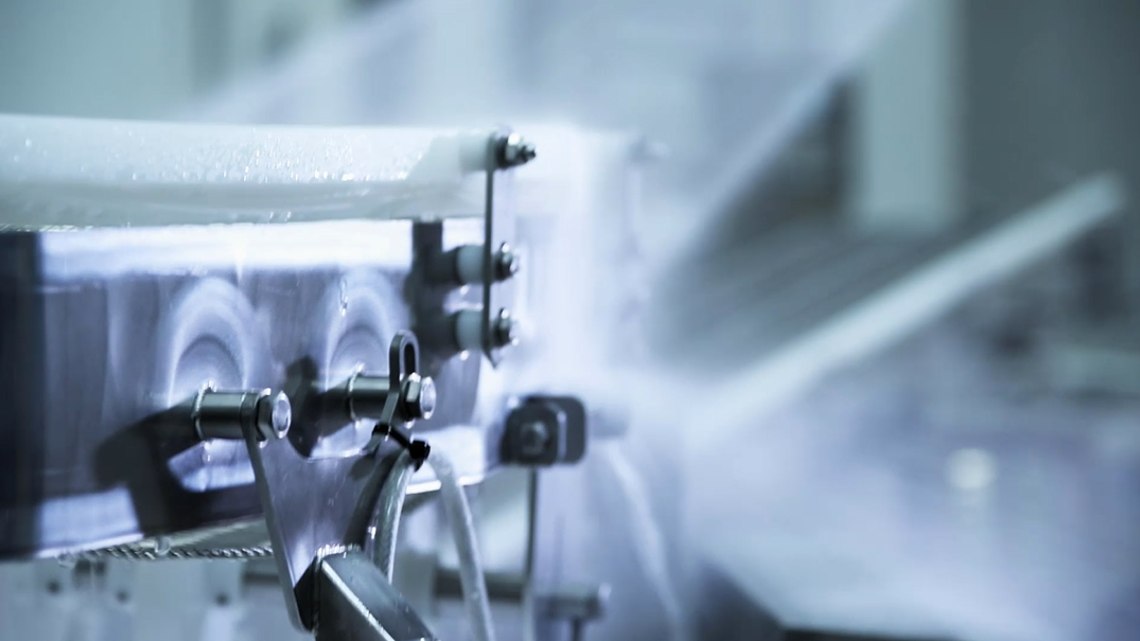

Why is it more effective?
Low-pressure cleaning is often more effective than high-pressure cleaning systems for several reasons:
-
-
Reduced risk of damage: Low-pressure cleaning systems use a gentler approach to cleaning, which reduces the risk of damage to the surfaces being cleaned. High-pressure systems can sometimes damage delicate surfaces, or force water and debris into unwanted areas.
-
Better coverage: Low-pressure cleaning systems typically use a wider spray pattern that covers more surface area than high-pressure systems. This wider coverage can help reduce the cleaning time and ensure a more thorough cleaning.
-
Improved safety: Low-pressure cleaning systems are generally safer to use than high-pressure systems. The reduced risk of damage and wider spray pattern means that operators can work more safely and with less risk of injury or property damage.
-
More efficient use of water: Low-pressure systems use less water than high-pressure systems. This can be important in areas where water conservation is a concern, and it can also help reduce the amount of water runoff generated during the cleaning process.
-
In the food and beverage industry, low-pressure cleaning is often used to clean processing equipment, floors, walls, and other surfaces that come into contact with food or beverage products. This cleaning method is particularly useful in food and beverage processing facilities, where hygiene and sanitation are critical for ensuring product safety and quality.
Low-pressure cleaning is often preferred in the food and beverage industry because it can effectively clean large areas quickly, and it can help reduce the risk of cross-contamination between different products or batches. Additionally, the low-pressure water flow helps to prevent damage to equipment and surfaces, which can help extend their lifespan and reduce maintenance costs.
Overall, low-pressure high-volume cleaning is an important tool in maintaining the hygiene and safety of food and beverage products, and it is a critical component of many cleaning and sanitation programs in the industry.

Foamicos low-pressure system compared to a high-pressure system
-
40%Reduction in cleaning time
-
60%Reduction in energy consumption
-
25%Reduction in water waste
Conclusion
Overall, low-pressure high-volume cleaning is a versatile and effective method of cleaning that can be used in a variety of settings, including industrial, commercial, and residential applications. It is often a safer and more efficient choice than high-pressure cleaning systems, and it can help ensure a thorough and effective cleaning without causing damage or safety concerns.
Facts
-
Reduces cleaning time by up to 40%
-
Reduce energy consumption by up to 60%
-
Improves Food Safety
-
Secures product quality
-
reduces water usage by up to 25%
-
Improves working environment
Our solutions are designed to increase operational efficiency, improve worker's safety, and support brand integrity.

Foamico Newsletter
Sign Up Today
Industries where we make a difference
Industries where we make a difference
Want to see what we can do for you?



